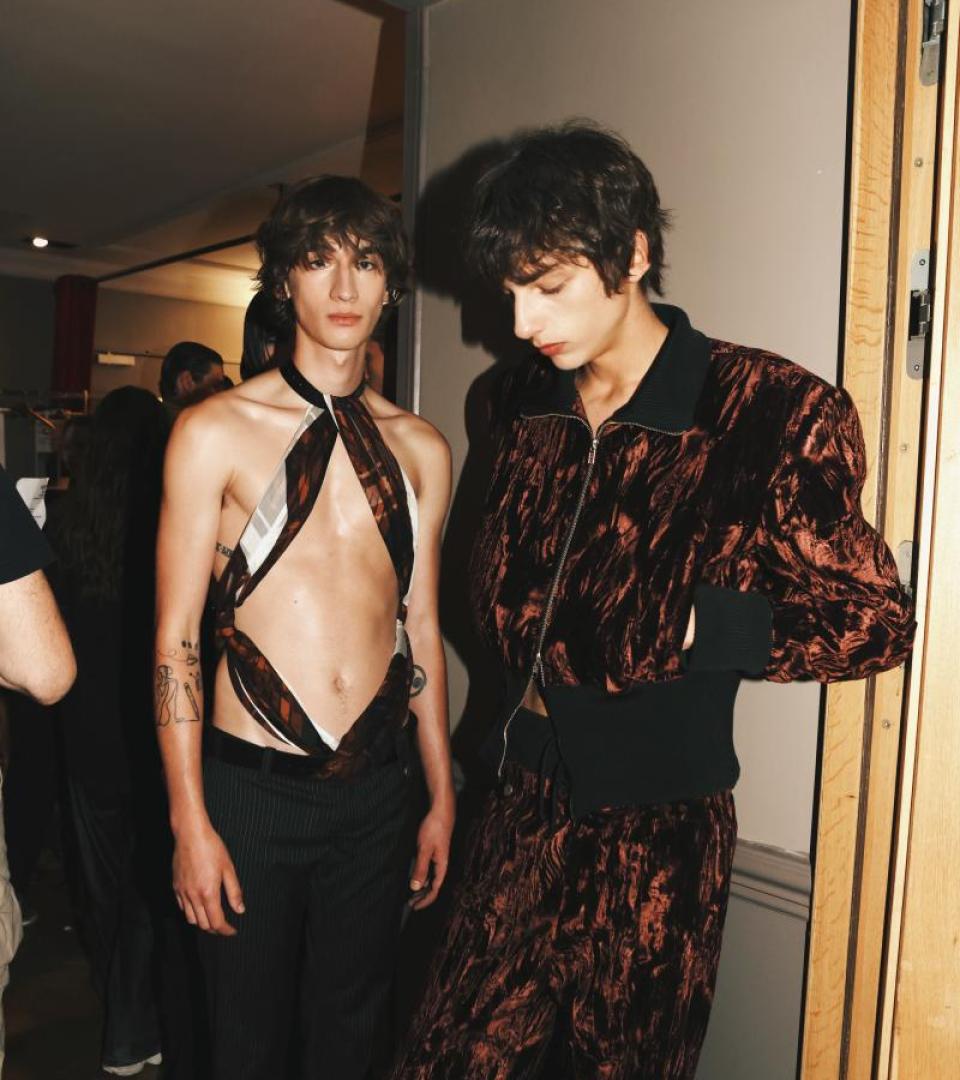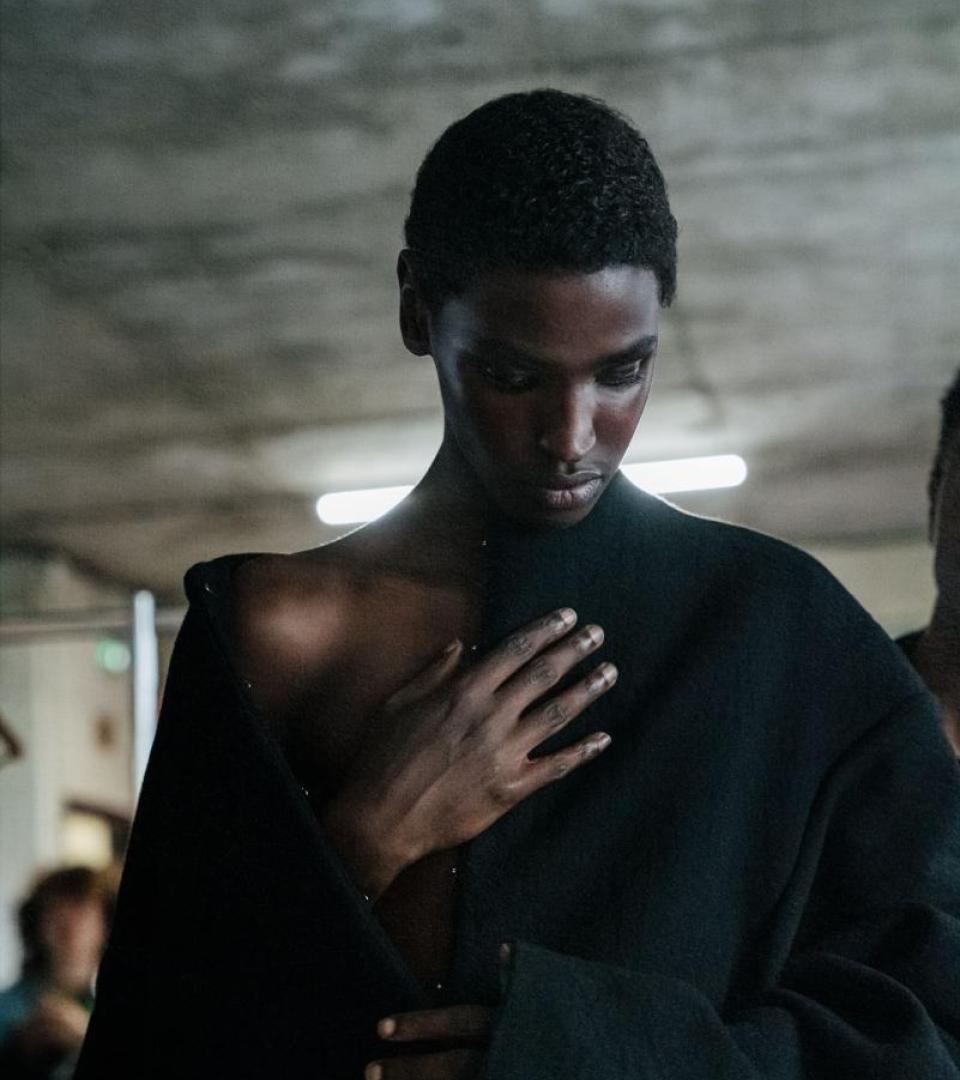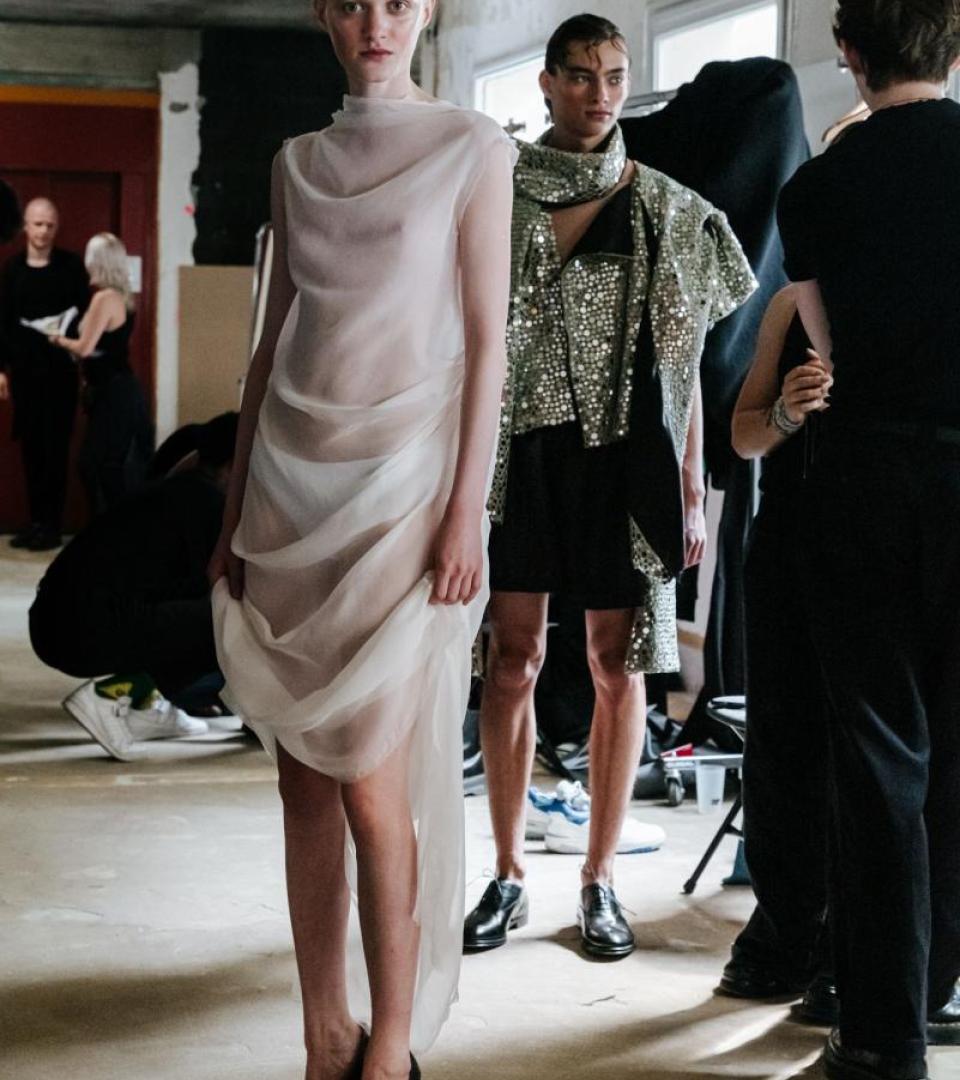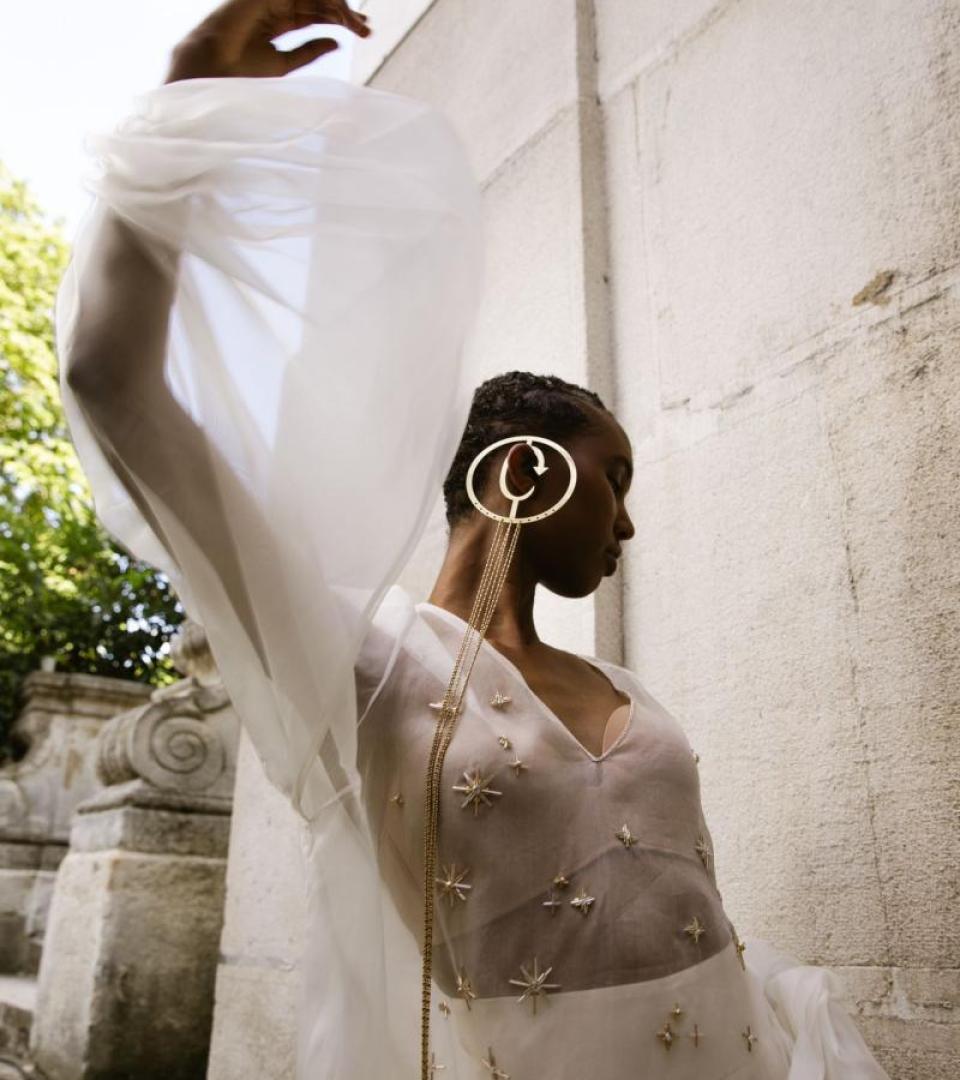Tranoï Close Up
Five designers participating in Tranoï at the Palais Brongniart answer the elemental, unavoidable, and most revealing question: How does this collection evolve upon previous seasons?
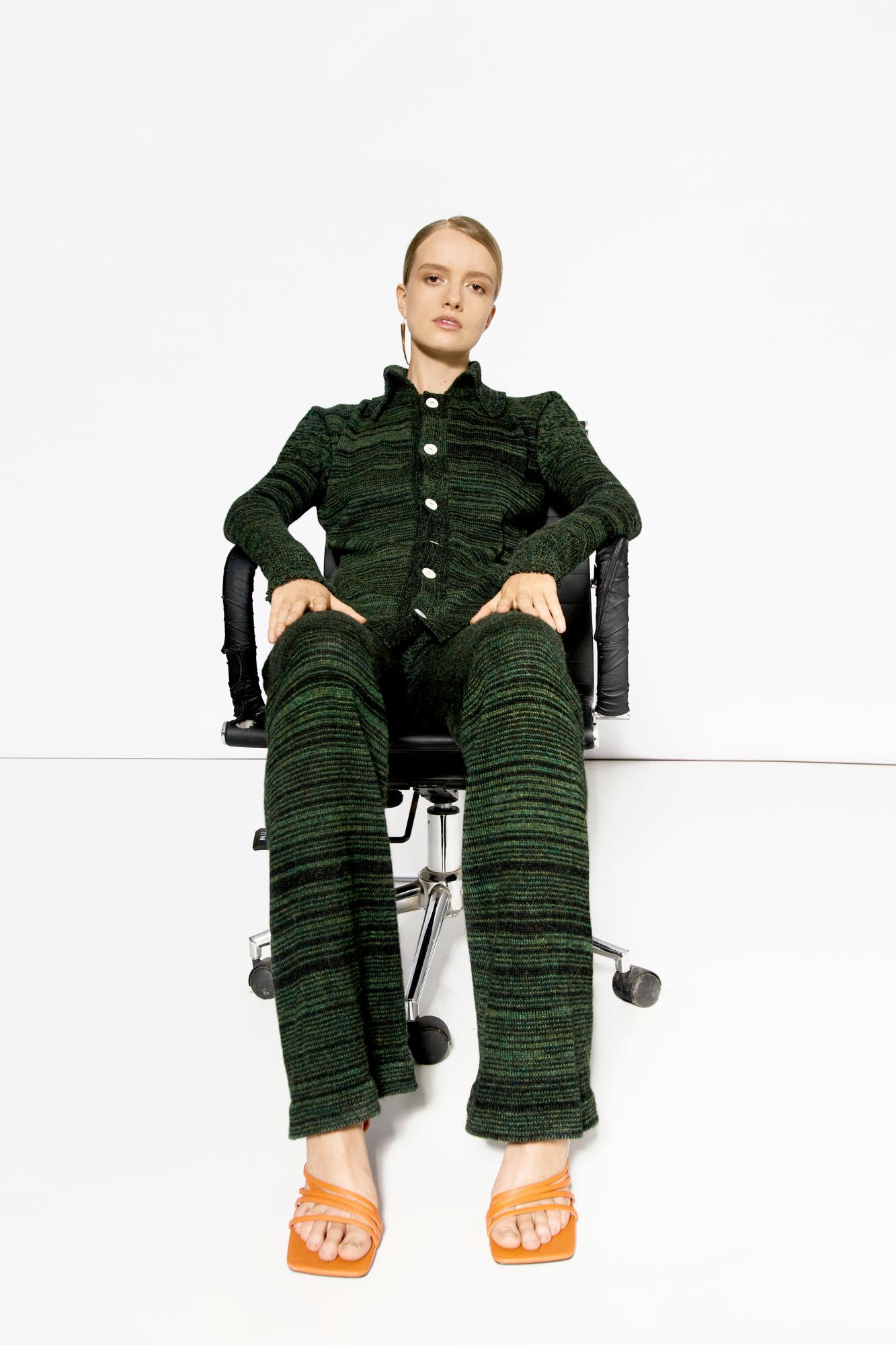
Ascendia
“The evolution of this Fall-Winter collection connects with other collections and comes from hard work of research in books on semiotics and Andean iconography. This collection has many patterns in the fabric that came from previous studies so there was a lot of testing forms of repetition. The inspiration for this collection comes from books such as Carlos Milla Villena’s Genesis of the Andean Culture, ordering structures such as quadripartition and tripartition. The starting point for the textiles was the Huari culture, hence the study of colors and patterns. This collection is woven only in 100-percent baby alpaca yarn, a fibre of high quality and very versatile."
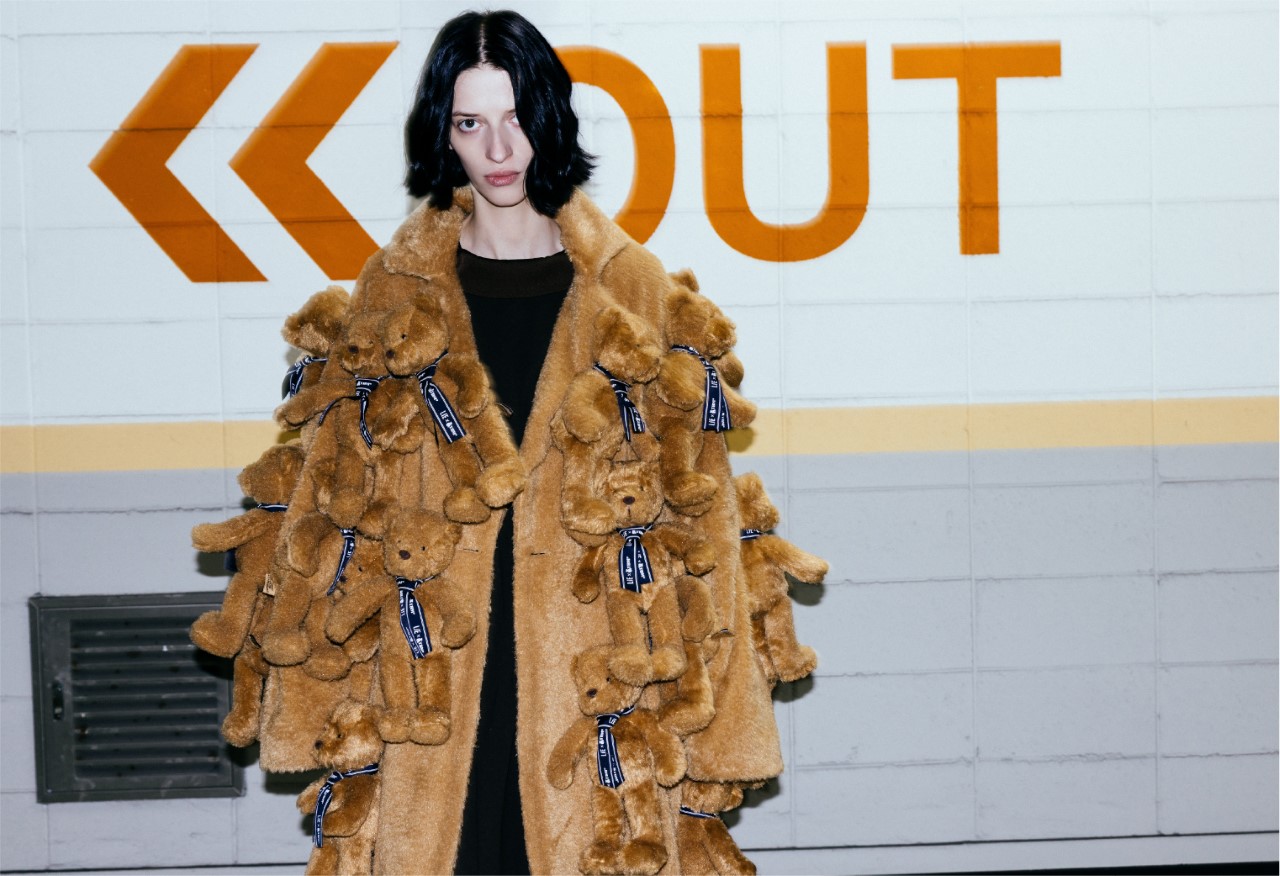
LIE
“Ten years of technical and sensory knowledge is reflected in the LIE Fall-Winter 23 collection. Refined silhouettes and patterns meet with new methods and became more perfect."
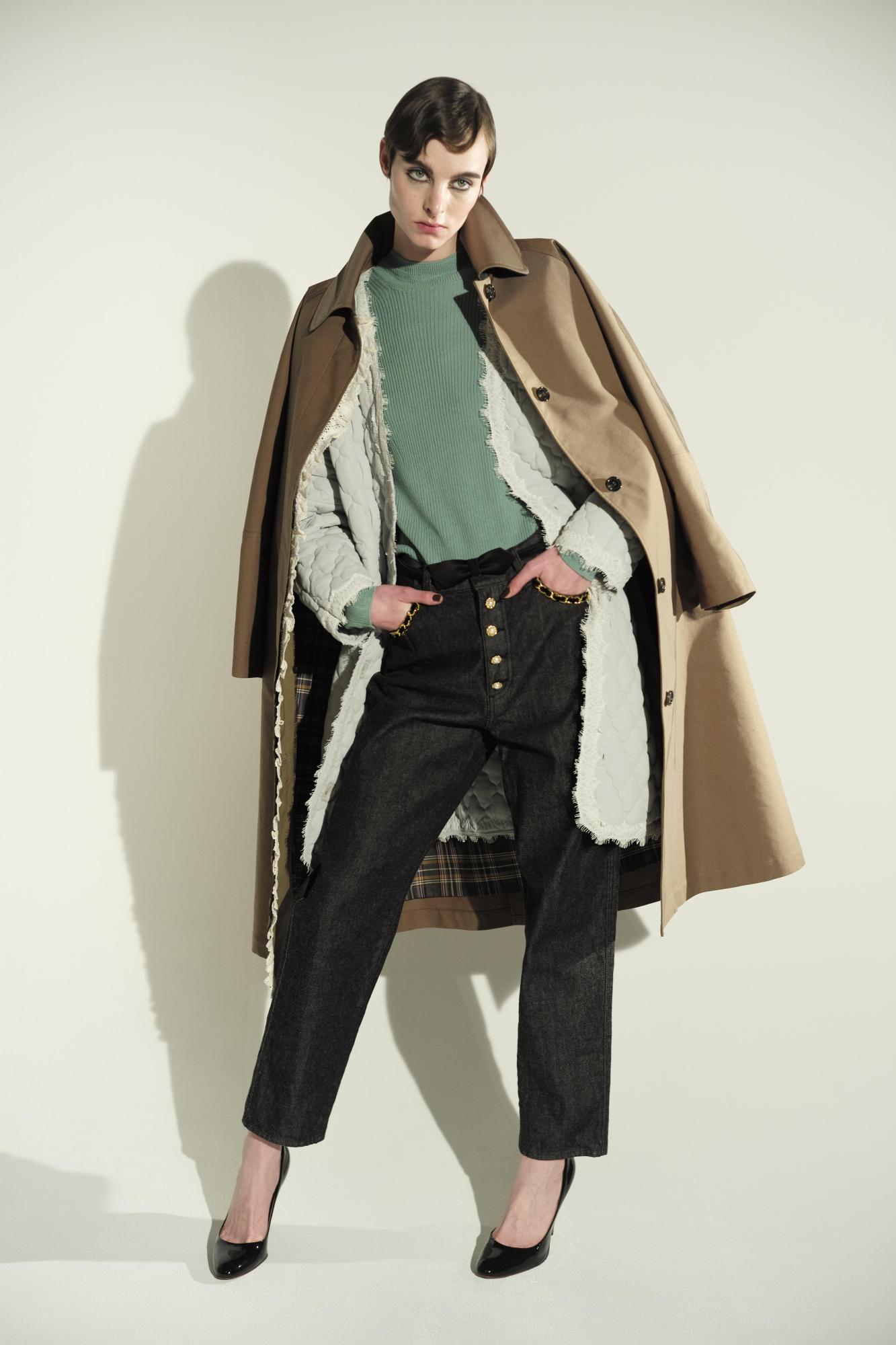
Muveil
“For this Fall-Winter season, we focused more on details such as hand embroidery and special machine stitch-work. We did huge research all over the world – and from historical techniques to high technologies."
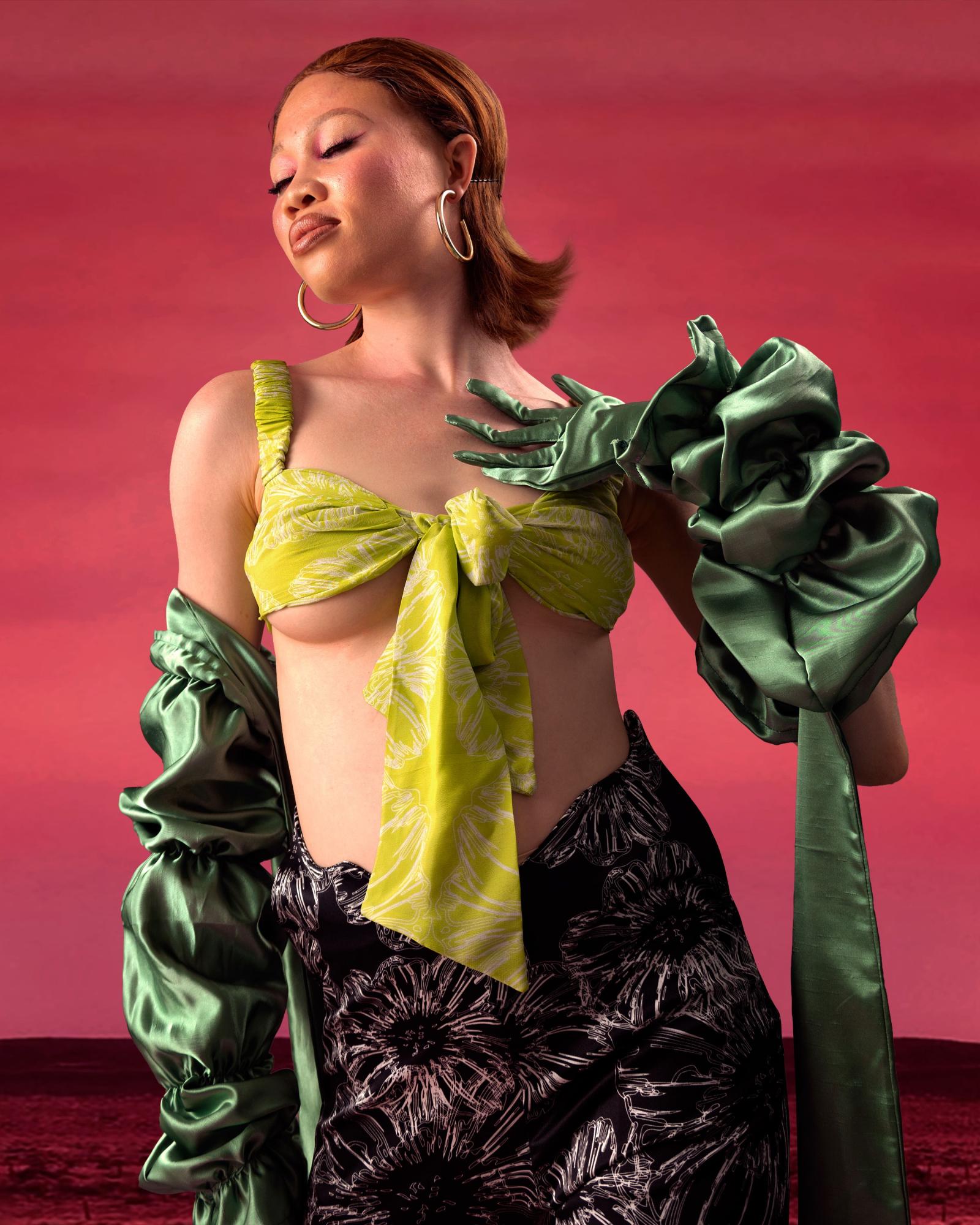
Orange Culture
"The collection explores a lot of local techniques infused into modern, ready-to-wear pieces. The collection itself explores a very vulnerable internal experience, which allows me to bring a lot of vibrancy into a season known for muted and toned-down colours. The collection explores who I am currently, but also touches on where I’m from in connection to this."
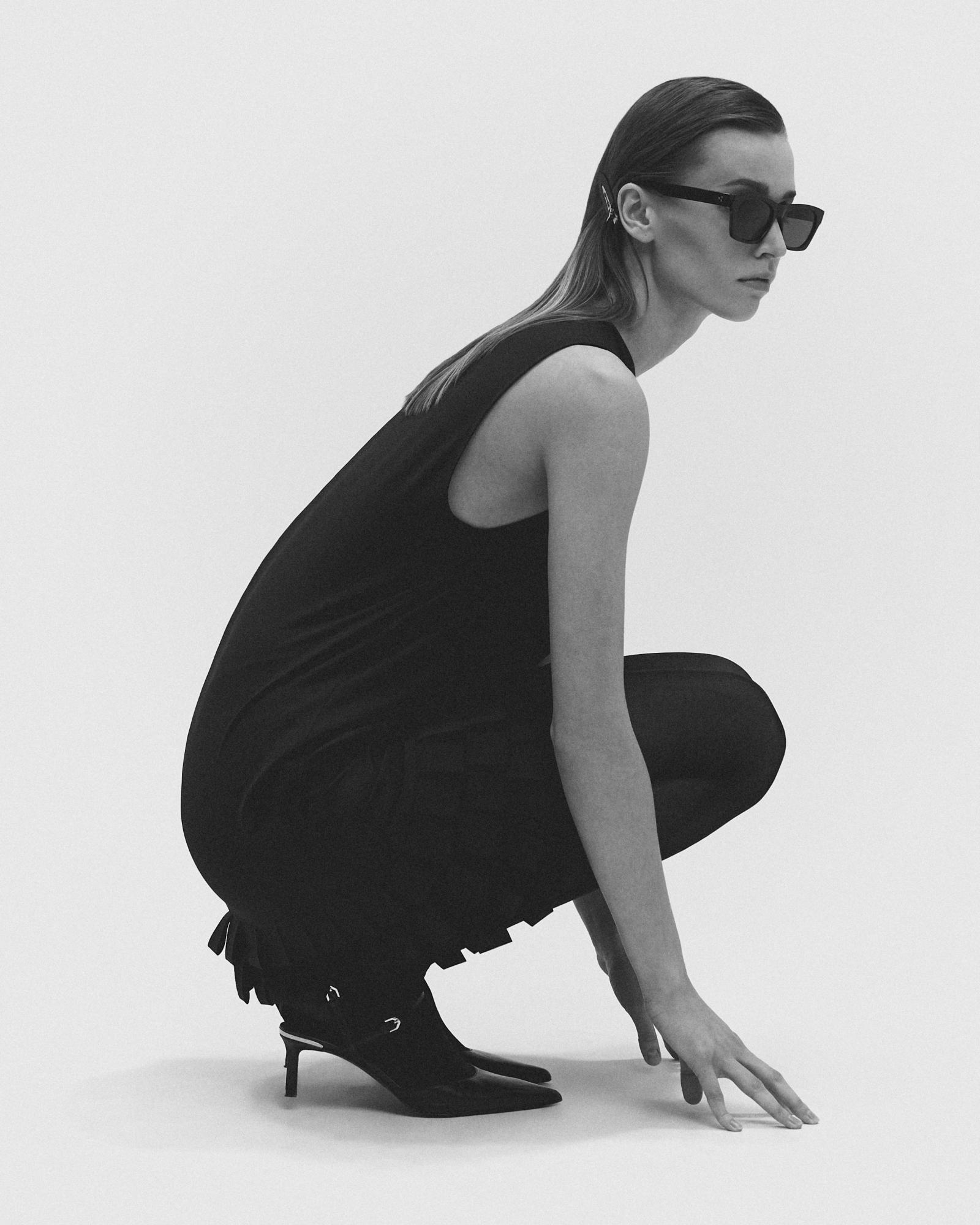
PODYH
"PODYH is a brand created at the intersection of architecture and fashion. With each collection, PODYH delves deeper into the world of architecture and building traditions. The Fall-Winter 23 “BRAMA” collection continues to explore Ukrainian architectural heritage, namely the architectural traditions of the Kyivan Rus. As in previous collections, the colour scheme of the collection emphasises the austerity of architecture and does not distract from the monumentality of the images. The pieces are not oversaturated with fabric textures, and the main emphasis is placed on conveying the shape and textures of architecture through individually developed techniques that echo the approaches of past masters.”
These interviews have been lightly edited for clarity.
